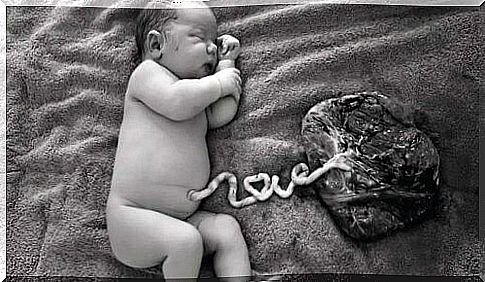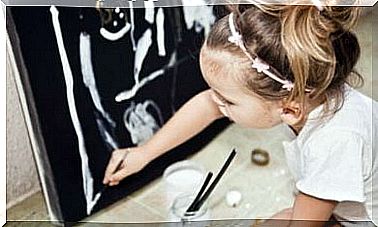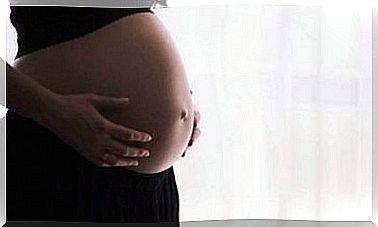What Is A Lotus Birth? – Being Parents

A gradual transition
In most natural births, the umbilical cord is cut, and as a result, the termination of the union between the baby and the placenta occurs artificially after birth. This is a task for the doctors or the midwife.
The idea of the lotus birth is that this separation takes place little by little. In other words, that the baby continues to be attached to its natural source of nutrients, the placenta, until this same nature prepares it.
Normally, the umbilical cord falls out between three and ten days after childbirth. At this point, the child separates from the connection that kept him united to his mother during the nine months of pregnancy.
The birth which is governed according to this practice does not undergo any type of external intervention. The stages that compose it are as follows:
- The child comes out of the mother’s womb.
- The mother then delivers the placenta, which usually happens 30 minutes later.
- The umbilical cord is not cut at this time but is kept connected to the baby with the placenta until it comes off on its own.

The origin of this practice
The lotus birth owes its name to the woman who discovered it, Clair Lotus Day. In 1974, this California researcher raised the question of cutting the umbilical cord and studied the work of primatologist Jane Goodall.
This investigator’s investigation and her curiosity for lotus childbirth led her to give birth following this new practice. Since then, many deliveries have taken place this way, which has given rise to various controversies.
Contradictory opinions: natural method or risky method?
There are conflicting opinions about this way of thinking about birth.
On the one hand, the conventional point of view considers that this practice can be a risk factor for the baby. Basically, it is seen as a source of infections if care for the preservation of the placenta is not strengthened.
On the other hand, these questions are put into perspective and emphasize the priority of the natural process. Emphasis is placed on the benefits associated with providing the baby with nutrients and less drastic separation from its main source of life during pregnancy.
The benefits of lotus childbirth
The placenta is the baby’s main source of nutrients. This is an organ that pumps 500-700 ml of blood every minute to the uterus. This provides the baby with oxygen in addition to hormones. It is also responsible for eliminating harmful substances through the mother’s blood system, which then releases them through the kidneys.
After birth, the placenta continues to deliver nutrients through the umbilical cord.
Those who advocate lotus childbirth consider it a gradual way for the child to adapt to the new conditions. The supply of nutrients that it continues to receive outside the belly is also fundamental for its growth and health.
The process requires some specific care that it is advisable to know in order to avoid infections and other more serious complications:
- After birth and delivery, that is, the expulsion of the placenta, the placenta should be washed with lukewarm water. This removes the remains of blood that could be stuck.
- It should be allowed to drain and dry with absorbent paper. Salt is usually added to speed up the drying process.
- The placenta is then wrapped or placed in an open silk bag that is placed next to the baby.

A holistic view
The conception that circulates around the lotus childbirth is linked to a vision of medicine, nature and the human being.
Studies show that this is a process that challenges many of the medical myths we are used to. Considering that the placenta is an integral part of the baby, the natural attitude is to let the process develop organically.
It is certain that this implies a different way of conceiving of birth. And like any medical procedure, it is recommended that decisions about it be studied and consulted.









